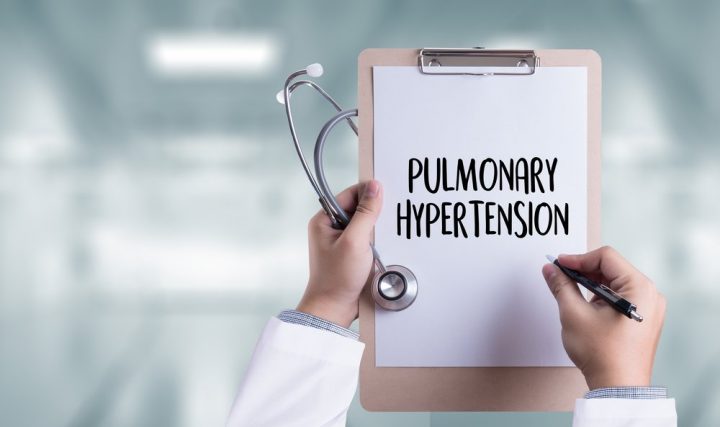Results Support Therapeutic Intra-vascular Ultrasound (TIVUS) for PAH

New data support the safety and effectiveness of TIVUS (therapeutic intra-vascular ultrasound) for patients with pulmonary arterial hypertension (PAH) on a stable treatment regimen.
The data were recently presented at the annual meeting of the European Association of Percutaneous Cardiovascular Interventions (EuroPCR), in Paris.
In PAH, small arteries inside the lungs become constricted. This creates resistance, making it harder for the heart to pump blood from the right ventricle to the lungs, resulting in high blood pressure (hypertension) in the pulmonary arteries.
Combination therapy with two oral medications to reduce pulmonary vascular resistance is now regarded as the standard of care in PAH. However, many patients continue to have symptoms.
The autonomic nervous system, which is responsible for controlling vital functions such as breathing and heart rate, plays an essential role in constricting or dilating blood vessels. The sympathetic system constricts vessels and the parasympathetic system dilates them.
Scientists believe vascular constriction in PAH may be a sign of a sympathetic system on overdrive.
“A growing body of data suggests that the sympathetic nervous system may play an important role in the pathogenesis of PAH. Decreasing sympathetic activity may help to reduce symptoms and slow disease progression,” Alex Rothman, MD, PhD, who presented the TIVUS results at EuroPCR, said in a press release.
The TIVUS system is a therapeutic catheter developed by SoniVie (formerly known as Cardiosonic) that is introduced into the pulmonary artery during a right heart catheterization procedure. The catheter produces ultrasound, which selectively ablates the sympathetic nerves that constrict the pulmonary arteries without damaging the vessel walls or adjacent tissues.
Rothman presented results on the safety, performance, and initial effectiveness of the TIVUS System at EuroPCR in an oral session, “Percutaneous therapeutic intravascular ultrasound pulmonary artery denervation for the treatment of pulmonary arterial hypertension (TROPHY1): a multicenter, international, open-label trial.”
TROPHY1 (Treatment Of Pulmonary Hypertension 1; NCT02835950 and NCT02516722) was conducted at eight clinical sites in Europe, Israel, and the United States. It involved 23 Functional Class III PAH patients who were on an established regimen of dual-oral medical therapy. Functional Class III means that patients showed symptoms and marked limitation of activity.
TROPHY1 data showed that there were no serious adverse events related to the TIVUS device or procedure. Five months after the procedure, pulmonary vascular resistance decreased by a mean of 17.8% in patients, and the six-minute walk distance increased by 42 meters (the 6-minute walk test measures aerobic capacity and endurance). Daily activity increased with respect to baseline values.
A reduction in baseline pulmonary vascular resistance of more than 10% was observed in 70% of the patients, and 40% had a reduction of more than 20%. Improvements in mean pulmonary artery pressure and right atrial pressure were also observed.
However, at five-month follow-up, no significant changes were identified in quality of life or in N-terminal pro b-type natriuretic peptide levels (a hormone produced in the heart in response to heart failure or cardiac dysfunction).
“The favorable safety and initial efficacy results observed to date in TROPHY1 suggest that TIVUS improves cardiopulmonary function and daily activity in PAH patients. Additional studies of this innovative approach to PAH therapy are warranted, as many patients continue to have symptoms on current treatment options,” Rothman said.
Chuck Carignan, MD, chief executive officer at SoniVie, said: “The completion of TROPHY1 is an important milestone for the company, and the results provide a solid foundation on which to advance the clinical and regulatory development of the TIVUS System. We expect to initiate a pivotal trial in 2020.”







